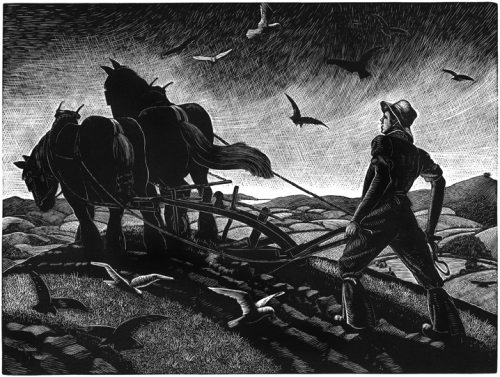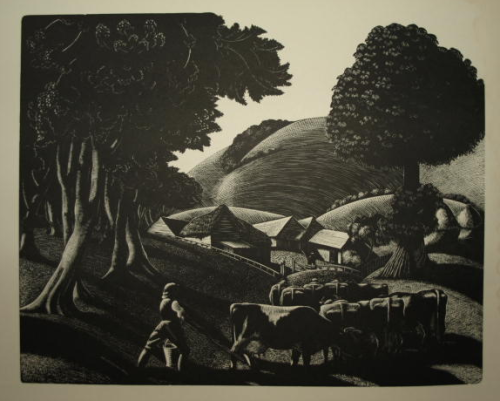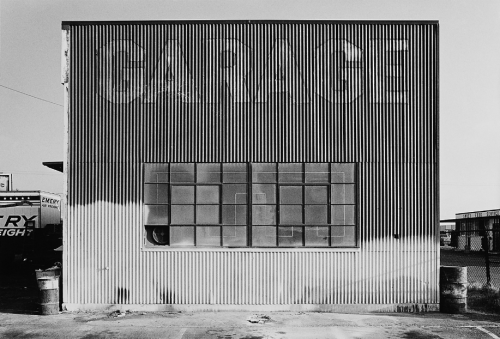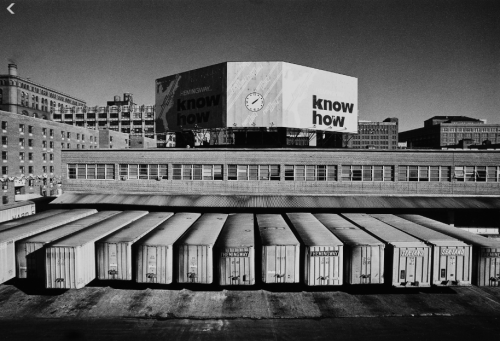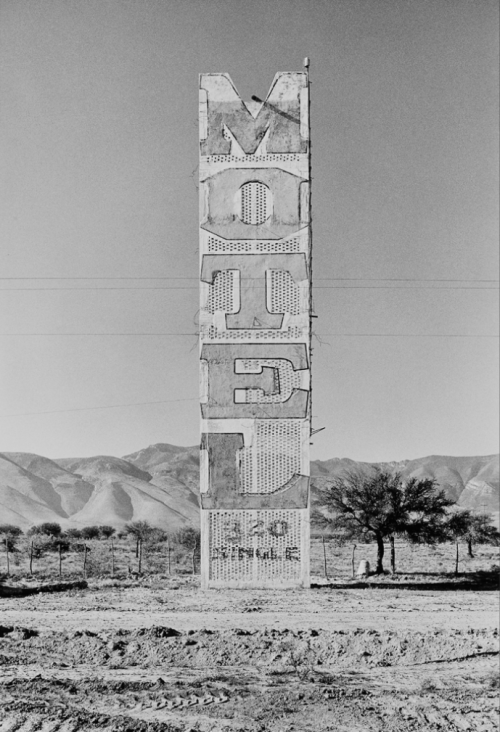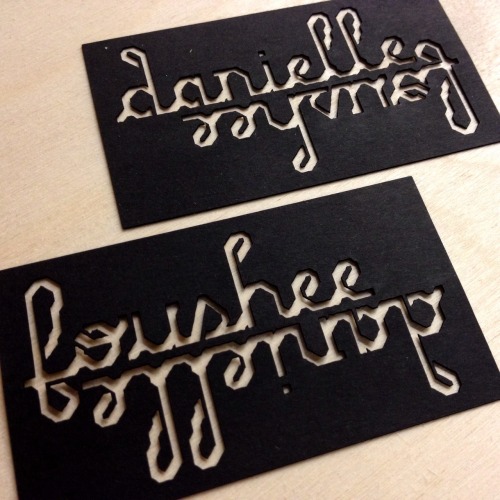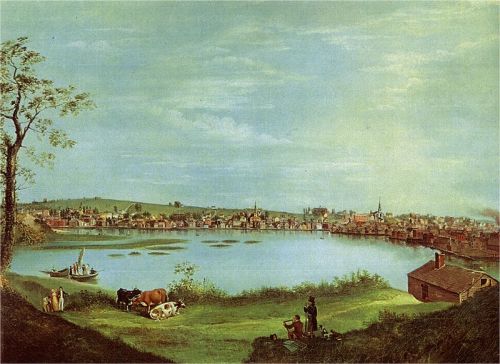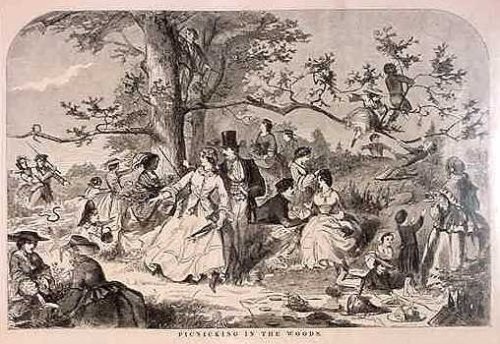|
|
|
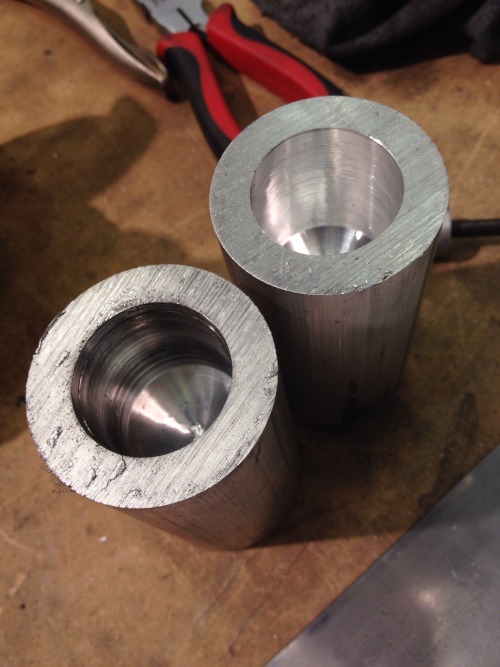 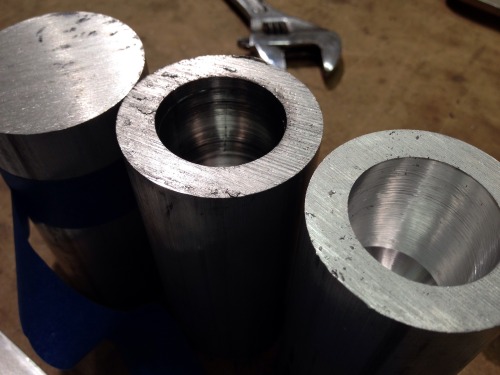 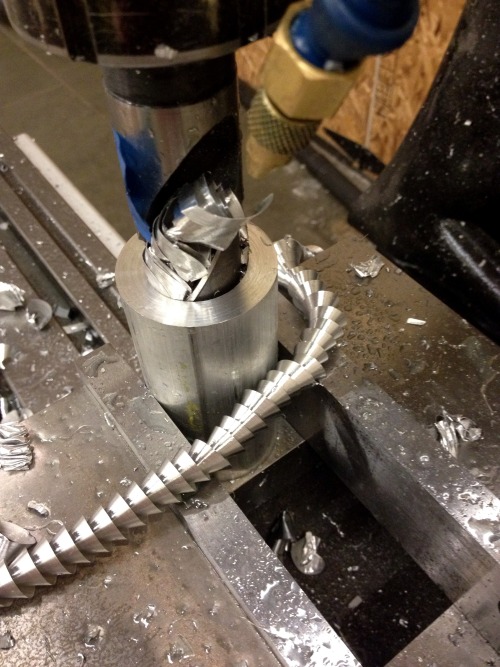 
I’ve been spending a ton of time at @makerhaus working in the metal shop. I’m a perfectionist, so this wine rack that I thought would take only a day or two has ended up taking more like three or four weeks! I’ve learned to use almost every tool in the shop: lathe, milling machine, bandsaw, stomp shear, drill press, belt sander, tap & die, and MIG welder. This project is more of a design problem than an art piece, which is nice — I like going back and forth along the edges.
These photos illustrate my process of making a wine rack from scratch. I wish I had thought to take a photo of the raw materials before I started working on them. I had a 2 foot long aluminum round bar, a flat steel bar, a smaller rod for making my own screws, and a couple scraps of pipe.
When I was making my own screws and threading the steel bar, I got impatient and broke the tap off inside the bar. I ended up going down to Tacoma Screw and troubleshooting with the awesome guys who work there. They didn’t mind teaching me a little bit. (I’ll definitely go back there if I ever need more advice or tools and whatnot.)
I really love the metal shop. The work there feels so substantial and utterly physical. I’m especially enjoying the contrast against my graphic design job which is sitting at a desk staring into a screen most of the time.
I hope to be finished with this by next week so that I can start working on my next project — which is going to involve a ton of welding!
|
|
|
|
|
|
|
|
|


